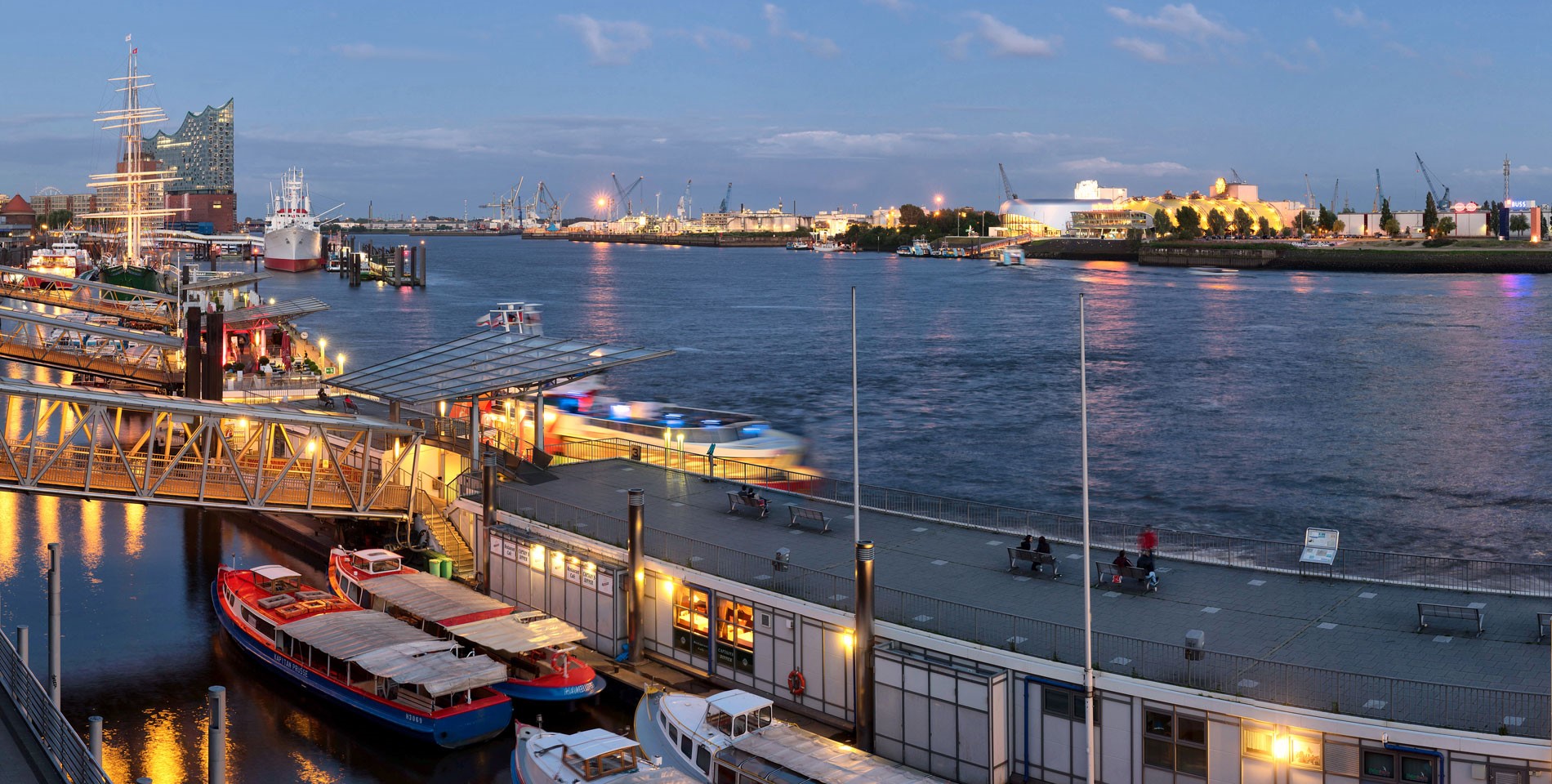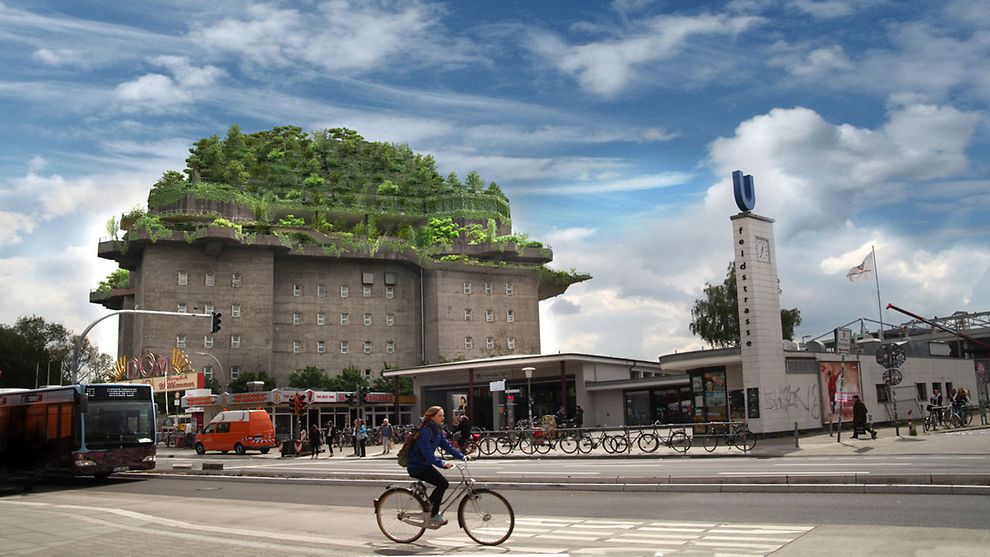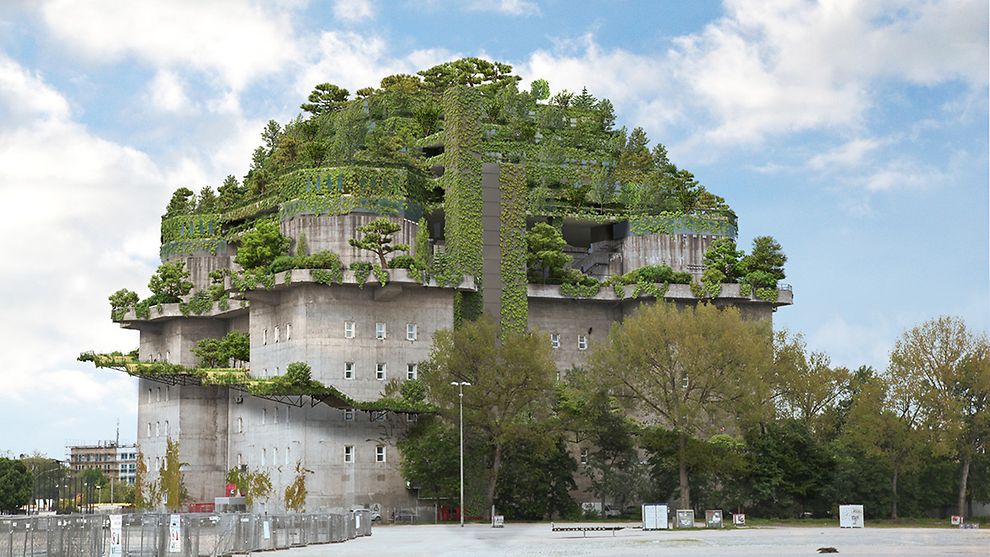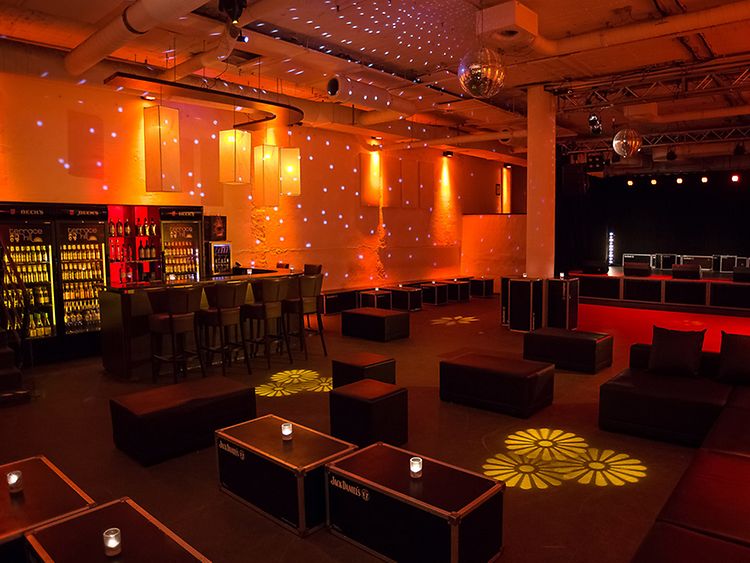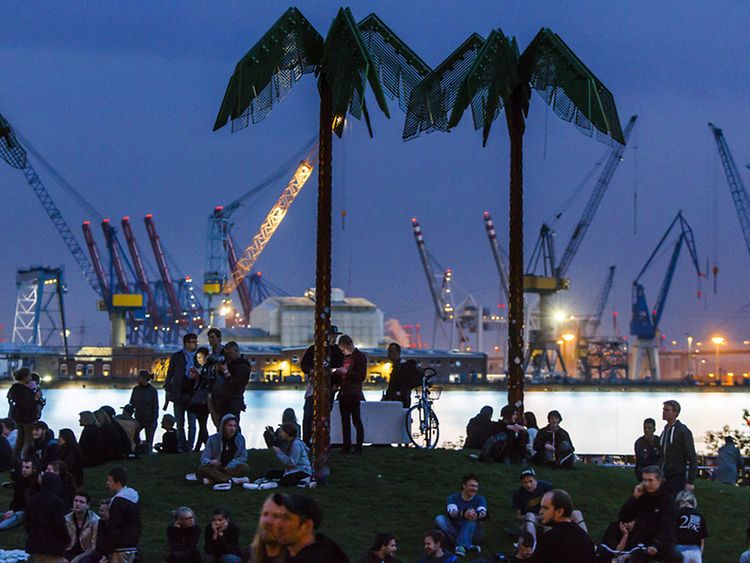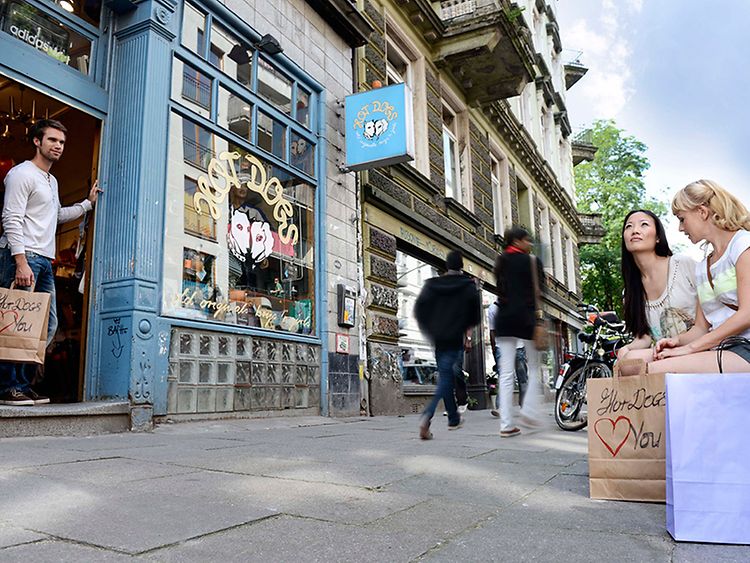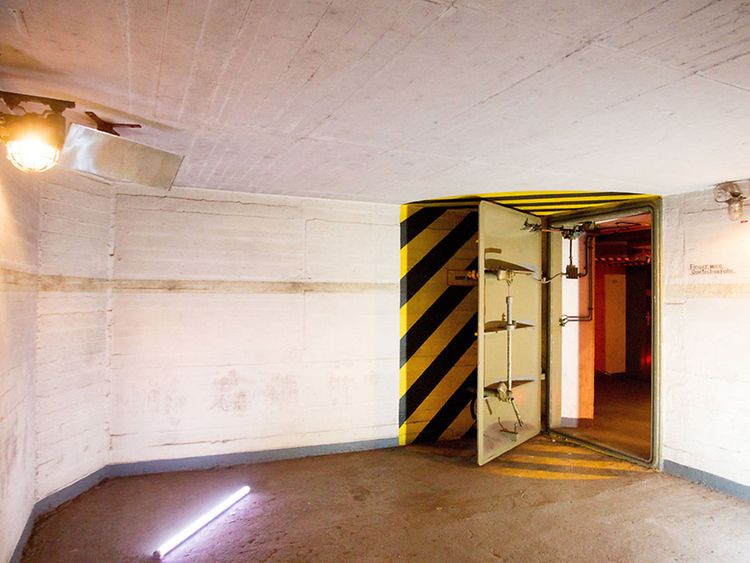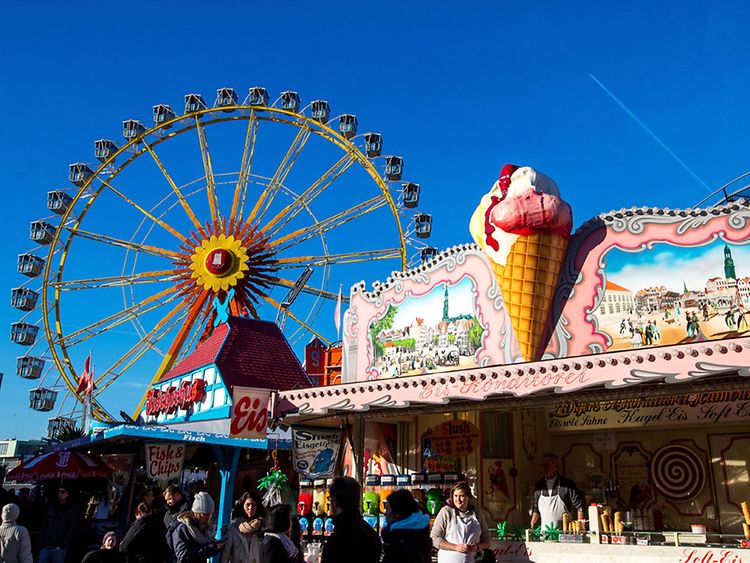The enormous Hochbunker (lit. ‘high bunker’) next to the U3-station Feldstrasse is a sight that you really can’t miss — literally. The former WWII anti-aircraft bunker dominates the St. Pauli skyline and provides a striking reminder of history. Today it hosts, for example, venues for live music and a night club and an urban sports centre. The bunker's uses will continue to grow, as there are plans for an urban rooftop garden with bars and cafés in the near future.
650 Bunkers in Hamburg
In response to Berlin air-raids by Allied Forces in 1940, the Nazi regime issued an immediate decree to build air-raid shelters in cities all across the Third Reich. Hamburg, a central location for the U-Boot (submarine) and oil industries, was deemed an obvious target. At the end of WWII, Hamburg counted no less than 1,051 bunkers — more than any other German city. Today, there are still some 650 bunkers left. Most are more discreet than the Hochbunker in St. Pauli and are located underground or hidden behind residential buildings.
St. Pauli Bunker During WWII
The bunker at Feldstrasse, originally called Flakturm IV (lit. 'Flak Tower IV'), is one of the largest ever built. In 1942, one thousand forced labourers were orderd to build the structure, which measures 75 by 75 metres in width and 35 metres in height, with walls that are 3.5 metres thick.
It was designed to accommodate 18,000 people and featured a special, extra-wide entrance for women with prams and children. During the air raids on Hamburg in the summer of 1943, no less than 25,000 people sought shelter in the bunker and were well-protected by its thick walls, even when directly targeted. However, Allied forces neutralized the bunker's primary military purpose of firing missiles at bomber aircrafts by releasing tin foil strips to interfere with the bunker’s radios.
First-Ever TV-Broadcast
After the war, plans to demolish the bunker were dismissed. Even if successful, the amount of explosives required would likely tear down the surrounding residential areas along with the bunker. Since then, the structure has been used for various civil purposes. In 1950, the public broadcaster NWDR broadcast the first-ever television images in Germany from the bunker.
Nightclubs and Urban Sports Studios
Its impenetrable walls make the bunker a perfect location for events that are a bit on the louder side. The live music venue and night club Uebel&Gefährlich on the top floor is a popular destination for lovers of both live and electronic music, while the third floor is home to the resonanzraum, a venue for classical, jazz and experimental music. In the ground floor, there is a large sports hall for rock climbing and other sports.
Urban Gardening
The newest plans for the bunker are as bold as they are green: with Project Hilldegarden, the inhabitants of St. Pauli have teamed up with architects to design a vast city park extending from the U3-station Feldstrasse all the way up to the roof of the bunker. The park will span a total of 8,250 square metres, with plenty of space for urban gardening, venues, bars and cafés — all with a magnificent view over Hamburg.
